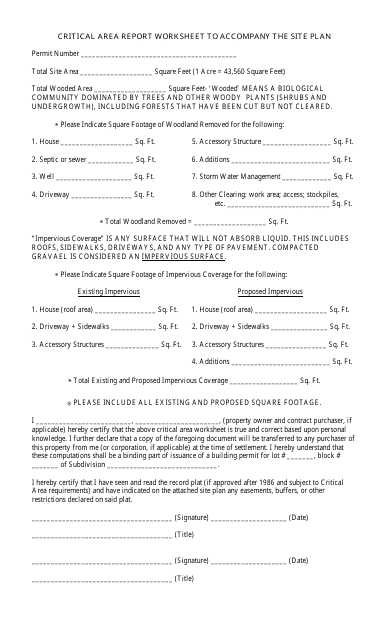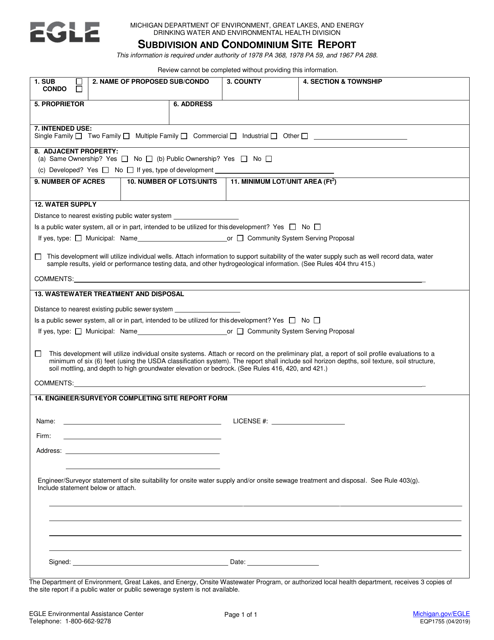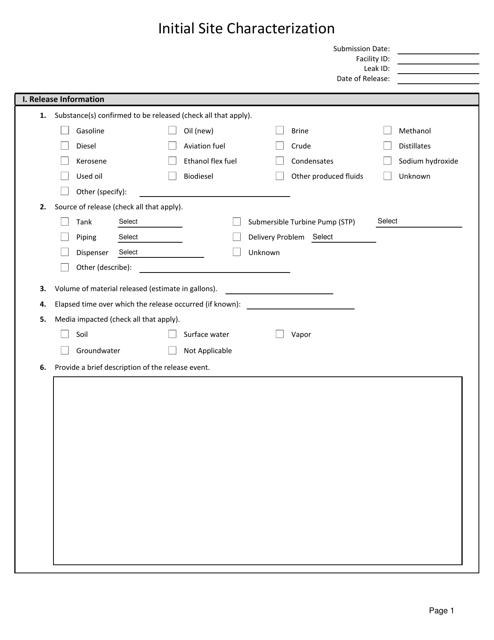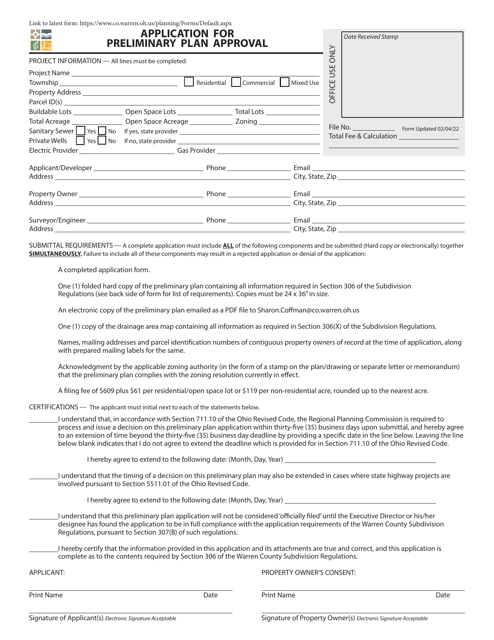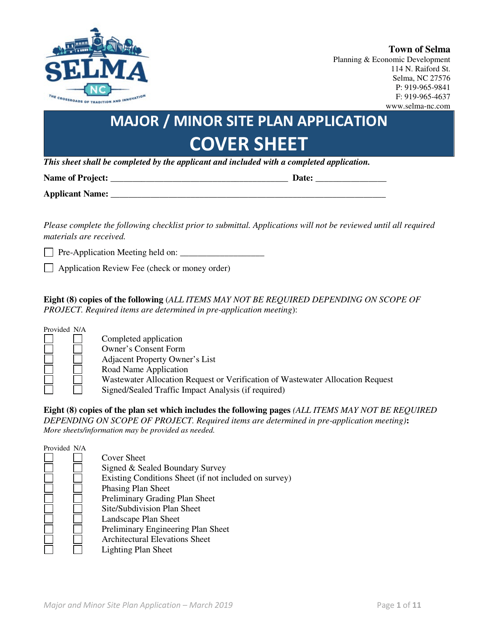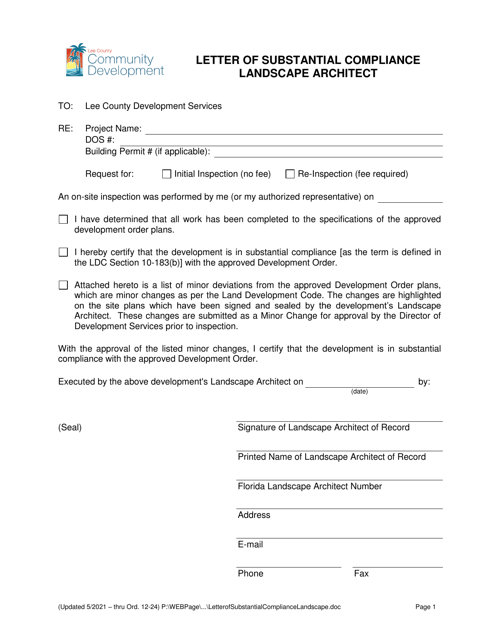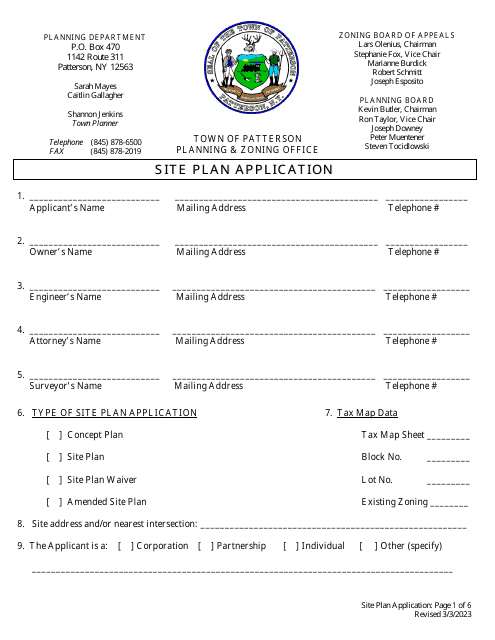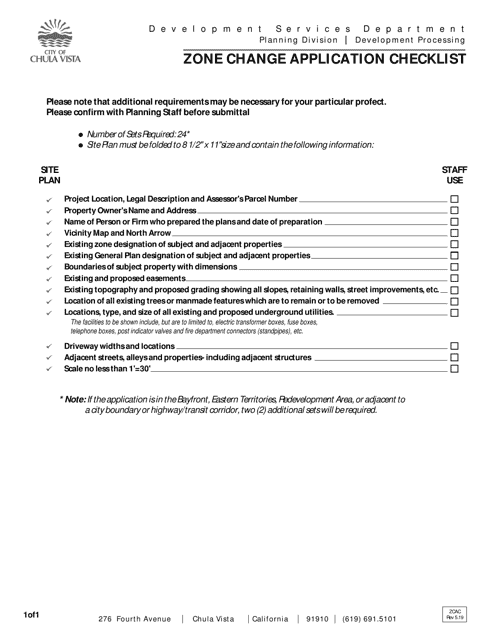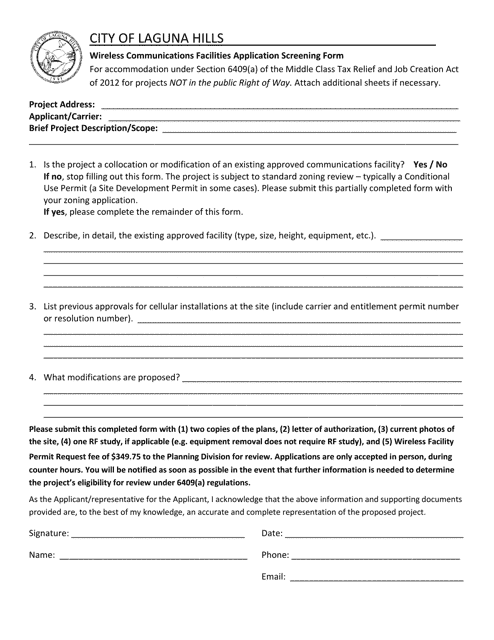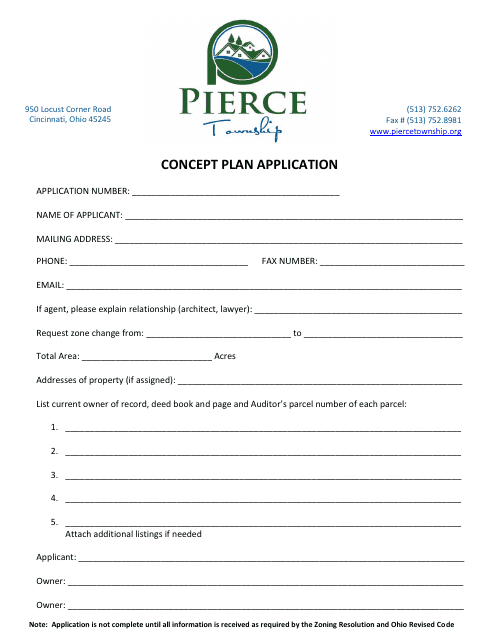Site Analysis Templates
Site Analysis: Comprehensive Insights for Optimal Planning and Development
Achieving success in any development project requires a thorough understanding of the site's unique characteristics and determining its suitability for the proposed endeavor. This collection of documents, also known as site analysis or site assessment, serves as an essential tool for professionals in architecture, engineering, and real estate, providing in-depth insights to inform decision-making processes.
The site analysis documents encompass a wide range of resources and reports, compiled to assess various aspects of a given location. By examining factors such as environmental impacts, land use constraints, infrastructure requirements, and regulatory compliance, stakeholders gain valuable information to guide their planning, design, and construction activities.
These reports are essential for developers, municipalities, and organizations embarking on projects such as the construction of residential subdivisions and condominiums, adaptive re-use of existing structures, or developing plans for preliminary approval of new developments. Each document within the site analysis collection offers unique insights into specific requirements, processes, and guidelines that must be considered.
For instance, the Critical Area Report Worksheet accompanying the Site Plan provides an assessment of environmentally sensitive areas, highlighting their significance and proposing measures to ensure their protection. Similarly, the Form EQP1755 Subdivision and Condominium Site Report, tailored for Michigan, encompasses a comprehensive analysis of the proposed development's impact on the surrounding environment and infrastructure.
The site analysis reports are not only valuable to developers but also to local governments. Municipalities rely on documents like the Adaptive Re-use Application and the Application for Preliminary Plan Approval to evaluate proposed projects, ensuring their alignment with zoning regulations, building codes, and overall urban planning objectives. These reports provide an essential framework for assessing the feasibility, environmental impact, and community benefit of development proposals.
In summary, the resourceful site analysis documents collection provides crucial insights for evaluating and planning any development project. By leveraging the comprehensive information within this repository, stakeholders can make informed decisions, mitigate risks, and optimize their planning and development processes accordingly.
Documents:
13
This document is used for preparing a critical area report worksheet that accompanies a site plan. It helps identify and assess the potential impacts of a proposed development on environmentally sensitive areas.
This form is used for submitting a Subdivision and Condominium Site Report in the state of Michigan. It provides information about the proposed development and its compliance with subdivision and condominium regulations.
This document provides initial site characterization information for locations in West Virginia. It includes details about the site's characteristics, such as geological and environmental factors, to aid in assessments and decision-making processes.
This document is for submitting an application for adaptive re-use in the City of Adrian, Michigan.
This document is an application for preliminary plan approval in Warren County, Ohio. It is used to request permission for the initial planning stages of a project or development.
This document is used for submitting a major or minor site plan application to the Town of Selma, North Carolina. It outlines the proposed development plans and ensures compliance with local regulations.
This document certifies that a landscape architect in Lee County, Florida has demonstrated substantial compliance with regulations and requirements.
This document is for applying for a concept plan with the City of Fort Worth, Texas.
This document is a checklist for residents of the City of Chula Vista, California who wish to apply for a zone change. It provides a list of requirements and steps to follow in order to complete the application process.
This form is used for screening applications for wireless communications facilities in the City of Laguna Hills, California.

